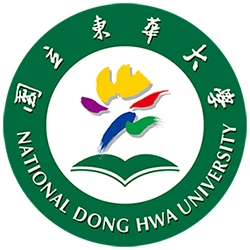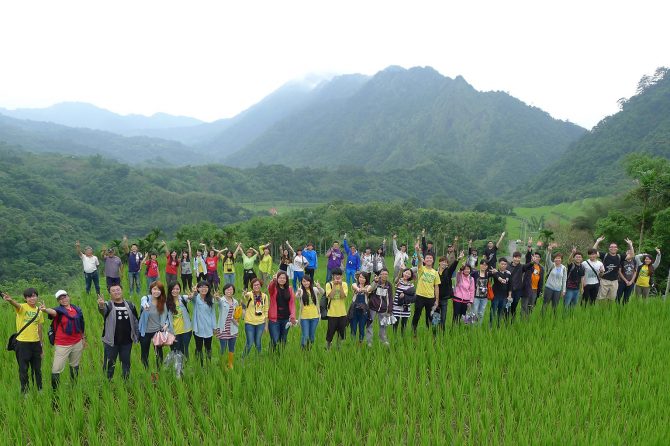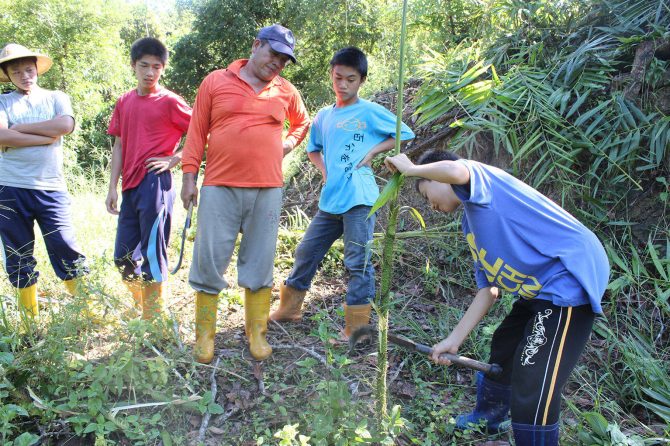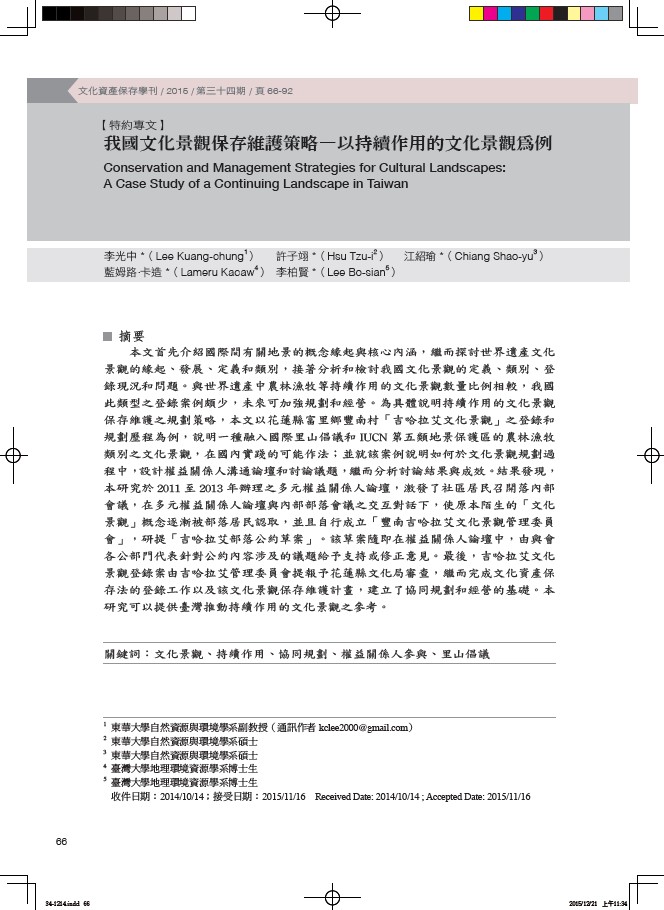2014 CHINESE TAIPEI (TAIWAN)
Tailoring Satoyama initiative concepts to national and local context: A Case Study of the collaborative planning process of a Rice Paddy Cultural Landscape in an Indigenous Community, Taiwan
National Dong Hwa University (NDHU)
Community / field-based implementation
Landscape
Overview
In 2005, the concept of landscape/seascape conservation was introduced into the amended Cultural Heritage Preservation Law of Taiwan as a new legal subject entitled ‘ Cultural Landscape’. Cultural Landscape is a new concept for Taiwan which emphasises the interaction of local people and land. In Hualien County, a potential Cultural Landscape site, a two-year participatory action research project was conducted from May 2011 to June 2013. The current project followed up on the results of the earlier study and examined the fitness of the Satoyama Initiative framework and potential contributions of the collaborative planning approach to the management plan for the Cultural Landscape sites.
Key achievements
- Indigenous and local knowledge was documented and used through community- based and bottom-up approach in line with the Healey’s theory of collaborative planning (Healey, 1997, 1998).
- Cihalaay Cultural Landscape site was officially inscribed under the Cultural Heritage Preservation Law.
- A local management committee and code of conduct were established and incorporated into the official Management Principles and Management Plan for the Cihalaay Cultural Landscape site.
Lessons
- A landscape approach based on the frameworks of the Satoyama Initiative and the IUCN protected landscapes can be welcomed by rural people and create a new style of ‘living’ protected landscape into the national protected area system.
Project location
Organisation

National Dong Hwa University (NDHU)
- Sector
- Academic institute
- Country
- Chinese Taipei (Taiwan)
- Website/SNS
- https://www.ndhu.edu.tw/
Related products
Conservation and Management Strategies for Cultural Landscapes: A Case Study of a Continuing Landscape in Taiwan (Chinese)
- Publisher
- Journal of Cultural Heritage Conservation
In 2005, the idea of landscape/seascape conservation was introduced into the amended Cultural Heritage Preservation Law as a new legal subject entitled ‘Cultural Landscape' in Taiwan. Unlike traditional protected areas, namely the IUCN protected area category I-IV, the Cultural Landscape is a new concept to Taiwan which emphasizes the interaction of local people and the land. In order to help stakeholders of governmental authorities and local communities to apply this new instrument, the researcher employs a ommunity-based participatory approach to enhancing partnership among them. The research has especially learnt from the operational guidelines of IUCN protected area category V (the protected landscapes) and the Satoyama Initiative. A pilot study area of a rice paddy production landscape in the indigenous Fengnan village, Hualien County was selected as a potential Cultural Landscape site. A participatory action research was conducted by the researcher in light of the collaborative planning theory and methods to enhance partnership among the villagers, the local authorities’ officers and experts. Various formal and informal forums were conducted in the local area from 2011 to 2013 to achieve consensus on the Codes of Conduct as well as the Management Plan for the Cultural Landscape. Through intense communication in the forums, stakeholders jointly agreed the site to be proposed as a legal Cultural Landscape, developed a mid-term Cultural Landscape Conservation Plan and set up a local management committee for implementation of the Plan. The case study shows that a landscape approach based on the idea of the Satoyama Initiative can be more welcomed by local people and create a new style of ‘living' protected landscape into Taiwan's national protected area system.
Relevant projects
Projects of the same year
Aichi Biodiversity Targets
Aichi Biodiversity Targets
-
Awareness increased
-
Sustainable production and consumption
-
Sustainable agriculture, aquaculture and forestry
-
Protected areas increased and improved
-
Ecosystems and essential services safeguarded
-
Traditional knowledge respected and integrated
Sustainable Development Goals
Sustainable Development Goals
-
Zero hunger
-
Decent work and economic growth
-
Sustainable cities and communities
-
Responsible consumption, production
-
Life on land


